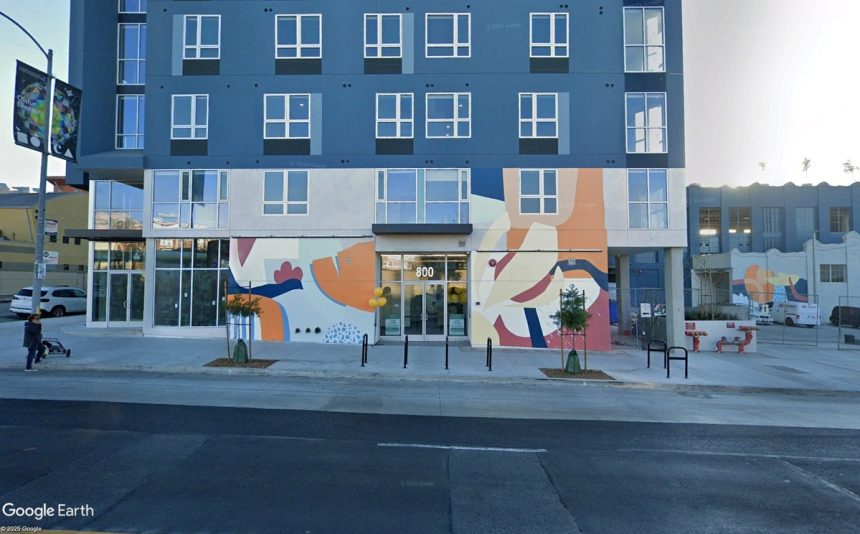New Delhi: Over 70% of the 12.3 million sq ft of new Grade A mall supply expected over the next two years will be superior grade, marking a significant upgrade in quality and experience across India’s upcoming retail infrastructure, according to Cushman & Wakefield.The superior-grade malls are owned and operated by reputed developers or institutional investors and are characterized by their high occupancy rates (more than 85%), upscale tenant mix, and service-rich environments.
“Today’s consumers are seeking curated, design-led environments where the brand experience is as important as the product itself. Categories like beauty, wellness, F&B, and athleisure—known for high engagement and trading density—are shaping this next phase of retail. The response from developers and brands shows a deep shift in strategy: toward sophisticated, digitally integrated, and future-ready retail formats that truly resonate with the country’s aspirational consumers,” said Saurabh Shatdal, executive managing director, capital markets & head, Retail India, Cushman & Wakefield.

India’s total Grade A mall stock stood at 61.5 million sq. ft.
in 2024, with superior grade malls already comprising 63% (38.9 million sq. ft.
) of the total. These malls are outperforming their peers, with stock-weighted average rents rising by 29% since 2019, currently averaging Rs 315 per sq. ft.
per month. Metro cities like Delhi NCR, Mumbai, Bengaluru and Pune lead the Grade-A mall stock, with Delhi NCR alone accounting for 21.75 MSF.
Superior grade assets within these metros are witnessing strong investor and retailer interest, driving rental growth and low vacancy rates of around 3-4%.Premiumisation is also reshaping the brand mix and category spread within malls. The share of traditional anchors such as hypermarkets and cinemas is declining, while fashion, beauty, wellness, and experiential dining are emerging as key drivers of footfall and spend.
Beauty & wellness, food & beverage (F&B), and athleisure have seen significant growth in mall footprints, driven by high trading densities and increased consumer engagement. The beauty and wellness segment has caught up well with premiumisation trend, having attracted immense patronage from consumers in the last 5-6 years. Over the years, prominent highstreets also have seen their rentals surpass pre-COVID peak of 2019 and have been moving upwards gradually ever since, acting as testimony to the high demand for such spaces from premium retail brands.
“The premiumisation of the retail segment was almost coterminous with the shift towards luxury in residential projects. Homebuyers, once they had invested in spaces that reflected their status, would next prefer to shop at locations, which are at par with their lifestyle. But initially, the pace of such projects was slow.
However, with premium and luxury developments becoming a norm in NCR, there is a rush among commercial realty developers towards superior grade malls,” said Salil Kumar, director, sales and marketing, CRC Group..
Business

Developed focus on superior grade malls as retailers push for premiumisation

India's retail landscape is undergoing a significant upgrade, with over 70% of the upcoming Grade A mall supply being superior grade. These malls, driven by reputed developers and institutional investors, feature high occupancy, upscale tenants, and service-rich environments. This shift reflects consumers' demand for curated experiences, with categories like beauty, wellness, and F&B leading the way.















